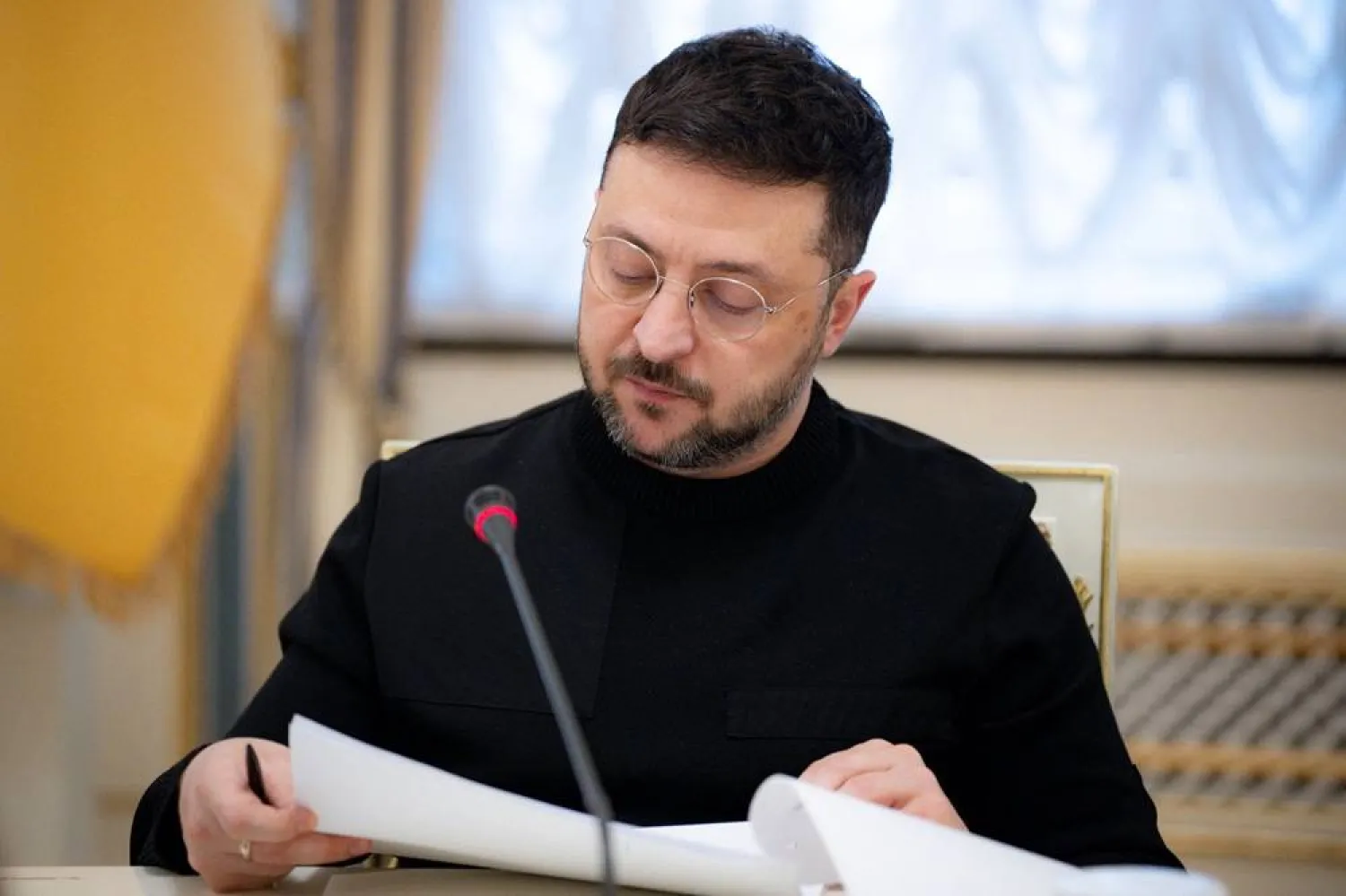Greek authorities said a search and rescue operation is ongoing for a second day for dozens of migrants missing after the boat they were on sank in rough seas off a southeastern Greek island.
A Greek navy vessel and three nearby merchant ships were still searching Thursday for between around 30 to 50 people believed missing after the boat that had been carrying them from the Turkish coast of Antalya to Italy capsized in the early hours of Wednesday.
No further survivors had been located since 29 men from Afghanistan, Iran and Iraq were rescued shortly after the boat sank about 33 nautical miles (38 miles; 61 kilometers) southeast of the island of Karpathos, the Greek coast guard said. The survivors had told authorities there had been a total of between 60 and 80 people on board the boat.
Greek authorities said the capsizing occurred in international waters, but within Greece’s search and rescue responsibility area, according to The Associate Press.
Two of the survivors were plucked from the sea by an air force helicopter and flown to Karpathos, while the remaining 27 were picked up by a merchant vessel and transported to the island of Kos, where they arrived Wednesday afternoon.
Video released by the coast guard showed the men being transferred from the merchant ship to a coast guard boat which then transported them to Kos. There, dressed in white coveralls and wearing masks, they disembarked, many of them limping but all walking unassisted, and headed to a waiting bus.
It wasn't immediately clear why the boat sank, but weather conditions in the area were rough, with strong winds and choppy seas, authorities said.
The most common sea route for asylum-seekers from the Middle East, Asia and Africa has been from Turkey to the nearby Greek islands in the Aegean Sea.
But with Greek authorities increasing patrols in the area and facing persistent reports of summarily deporting new arrivals to Turkey without allowing them to apply for asylum, many are now attempting the much longer, and more dangerous, route directly to Italy. Greek authorities deny they carry out illegal summary deportations of asylum-seekers.









